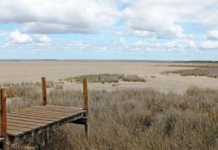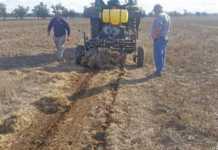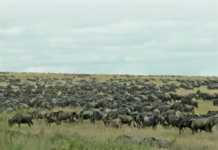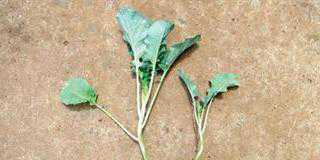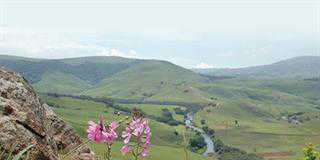To lime correctly – not too much or too little – you must know the exact size of the soil tank. It’s also important to understand that the plant growing “medium” you fill your soil tank with consists of numerous minerals.
The foundation of quality forage is correct soil mineralisation. And here calcium is all-important, as the amount required is far greater than all the other minerals put together. As I’ve said before, I’m convinced that the best way to get soil minerals into the right balance is to follow the Albrecht prescripts.
Complicating things somewhat is that the only way to do this properly is to have soil samples analysed by a laboratory that follows the analytical procedures prescribed by Professor William Albrecht.
As we don’t have such a lab in South Africa, the samples have to be sent to the US. I’m sure many readers will now be asking, “What’s wrong with our labs?”
There’s nothing wrong with our leading labs. They produce highly reliable reports. I’ve tested them by sending the same sample to six labs three times over at weekly intervals. (I divided one sample into sub-samples.)
Three of our top labs came up with virtually the same results for the major minerals in every sample sent, which is highly commendable. Two labs weren’t so consistent and one was far off the mark.
But the results of the top three SA labs differ markedly from those of the US lab to which I sent my clients’ soil samples, and which still follows the “antiquated” analytical procedures prescribed by Albrecht.
The most important difference between the SA and US labs is the measurement of the cation exchange capacity (CEC), which is the measure of the size of the soil tank. (I am referring to the amount of positively charged minerals the soil can hold.)
Now we can get a little more scientific. The average CEC for the three reliable SA labs was 7,6. The US lab registered 12,3 for the same sample. The number is higher because it includes all the positively charged minerals, whereas that of the SA lab only includes calcium, magnesium, potassium, hydrogen and sodium.
This is why the US refers to CEC as total exchange capacity (TEC). For illustrative purposes, let’s assume that the “tank” of a soil, with a TEC of 7,6me is filled only with calcium (this, of course, never happens). If this was the case, it would hold 3 405kg (7,6 x 448) of pure calcium/ha.
Now, let’s be more realistic. A soil with a TEC of 7,5me must be balanced to a point where calcium comprises 66% of the soil tank’s capacity (Albrecht prescription).Calculation of how much lime to apply can now be made as follows: multiply the CEC (7,6me) by 66%. The result is 5,016. That is, the soil should contain 5,016me x 448kg of calcium, which amounts to 2 247kg of calcium/ha.
Subtract from this the amount of calcium already in the soil, as determined by the soil analysis. For example, let’s assume the analysis reveals that the soil contains 1 000kg calcium/ha. The amount of calcium that must be applied will thus amount to 2 247 minus 1 000, giving us 1 247kg/ha.
Now it’s test time. Do the calculation again, using a CEC of 12,3 instead of 7,3 and 68% instead 66%, because this is the percentage of calcium required for the higher CEC. Stick with the 1 000kg/ha of calcium supposedly revealed by the soil test.
You should arrive at the figure of 2 747kg of calcium required per hectare. This is 220% more than when the soil test reveals a CEC of 7,6! The amount of lime you apply will, of course, depend upon the calcium content of the lime.
It should be abundantly clear now why you can’t use SA labs to calculate lime requirements according to the Albrecht prescripts. It all boils down to the fact that the SA lab’s soil tank is considerably smaller than that of the US lab I use.
The right figure
What does all this mean? It means it’s crucial to have the right CEC figure to make a lime recommendation based on the Albrecht formula.
The unit of measurement of CEC is a milliequivalent (me). According to Prof Albrecht, 1me can hold 448kg of calcium/ha.
John Fair is a leading expert on pastures in South Africa, and founder and head of the SA Biofarm Institute in Harrismith. Contact him on 058 622 3585 or email [email protected].

